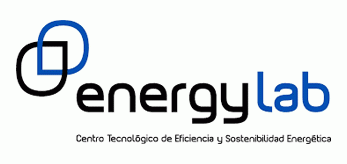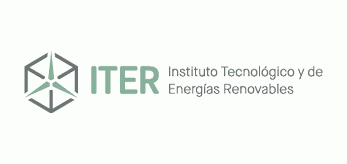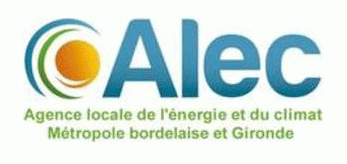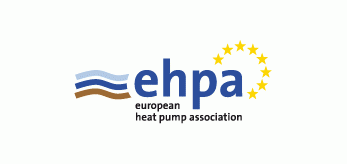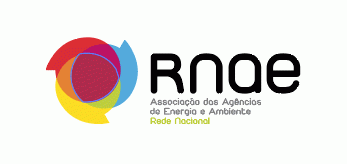
GeoAtlantic
The GeoAtlantic project was a collaboation of EU partner organisations from France, Ireland, Portugal, Spain and the UK, and aimed to:
- Encourage transition away from fossil fuel dependence;
- Promote the use of renewable energy from the ground; and
- Facilitate uptake of geothermal energy or ground source heat technologies.
ALIenergy’s GeoAtlantic Demonstrator Project:
Feasibility and Design work for ground or water source heat pump systems for use in buildings owned by Scottish Canals, many of which are situated adjacent to canal waterways.
Working with Scottish Canals, a feasibility study was conducted by technical consultants Turner Services, looked at several hundred buildings across the Scottish Canals Estate, and shortlisted those most suitable. Because most of the buildings are right beside the water, we were looking in particular for opportunities to install water source heat pump systems.
The report showed that if the top ten buildings had heat pumps installed, the total annual carbon emission reduction would amount to over 10% of Scottish Canals total emissions. Water source heat pumps were identified as the best solution in two of the top ten buildings. In others, air source heat pumps were discovered to be a cheaper option. The project has shown the potential for water and ground source heat pumps and other renewable energy alternatives across the Scottish Canals estate, and also highlighted the importance of a ‘fabric first’ approach to energy efficiency and carbon footprint reductions.

More information on Geothermal Energy and application in Scotland





